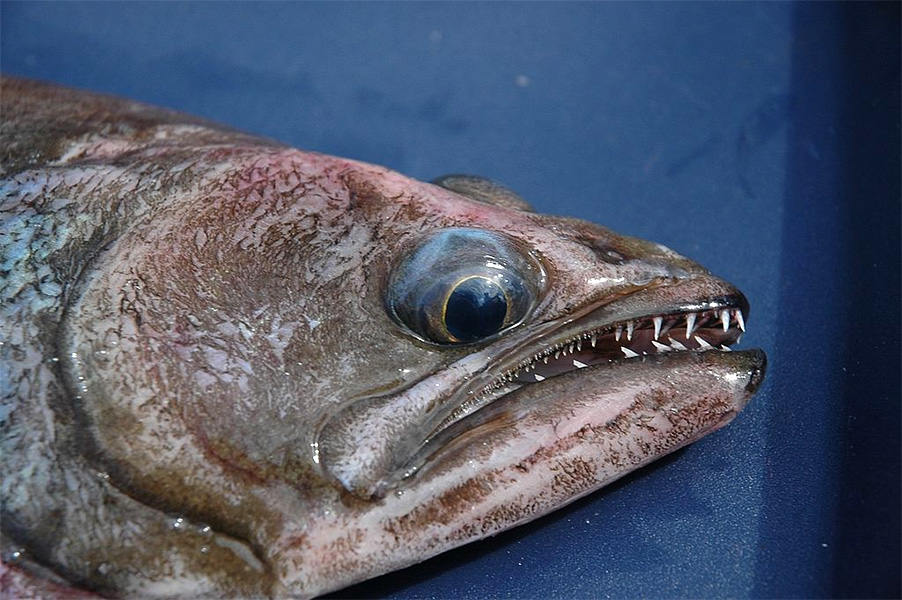Hungry markets and an arrowtooth flounder TAC of 75,000 metric tons in the Central Gulf of Alaska harvest area should point to thumbs up for trawlers this year, but incidental catches of king salmon and halibut stand to stymy the fleet. If trawlers exceed the incidental caps during the course of the season, they could leave up to 40 percent of the TAC on the table.
In April, trawlers targeting arrowtooth and other deepwater species hit the 256-metric ton apportionment of incidental halibut for the second period and saw a closure from April 13 to May 15. The groundfish fleet operates within five time periods during the course of the fishing season, with a halibut bycatch cap designated for each of the periods.
“The most we’re looking at this year is around 30,000 tons, mostly because of the caps,” said Julie Bonney, executive director of the Kodiak-based Alaska Groundfish Data Bank.
Just how many fish trawlers might have missed catching that particular month depends a lot on ocean conditions and the density of the fish schools.
“Every year is different,” adds Bonney. “Maybe the best fishing time this year was April 13 to May 15.”
The consequential gap in the flow of product across the docks causes ripples in the market, and buyers often resort to alternative species to fill the gaps to customers on the retail end of the distribution chain.
“You don’t have any market supply for the period it’s closed,” said Bonney.
Ex-vessel prices for arrowtooth, meanwhile, have been on the rise from an average 6 cents per pound in 2014 to 7 cents per pound in 2015 and 2016.
Farther south, in the western Gulf of Alaska harvest area, trawlers targeting cod earlier in year racked up an incidental catch of 1,700 king salmon. Though TACs for other species vary between the central and western gulf areas, they share an incidental cap of 2,700 kings. With only 1,000 kings remaining, central gulf fishermen worry that the cap could also cut their fishing time short.
“Whatever is left has to support the Kodiak guys until December 31,” said Bonney.







